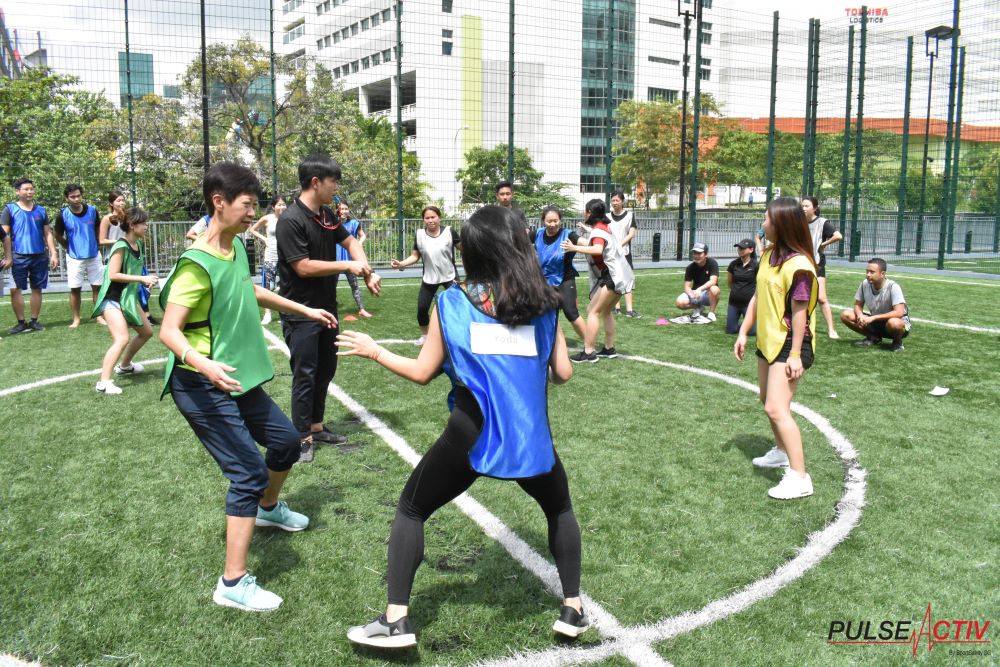Safety First: Ensuring a Safe Corporate Sports Day for Everyone
Corporate sports days are a fantastic way to promote camaraderie, fitness, and fun within the workplace. However, ensuring the safety of all participants is paramount to the success of these events. By taking proactive measures, you can minimize risks and ensure that everyone enjoys the day without incident. This article will explore key steps, from pre-event health and safety assessments to on-site medical support and tips for reducing injury risks during activities.
1. Pre-Event Health and Safety Assessments
Before any event takes place, conducting a thorough health and safety assessment is essential. This process involves identifying potential hazards, assessing the likelihood of injuries, and implementing measures to mitigate these risks.
- Site Inspection: Begin with a detailed inspection of the event venue. Look for potential hazards such as uneven ground, slippery surfaces, or obstacles that could pose a tripping risk. Ensure that all playing areas are safe, well-maintained, and suitable for the planned activities.
- Participant Health Assessments: Encourage participants to disclose any pre-existing medical conditions or injuries. This information helps organizers tailor activities to suit all fitness levels and avoid putting individuals at unnecessary risk.
- Equipment Checks: Ensure all sports equipment is in good condition, properly maintained, and appropriate for the participants’ skill levels. Faulty or inappropriate equipment can significantly increase the risk of injury.
2. On-Site Medical Support and Emergency Plans
Even with the best planning, accidents can happen. Having medical support and a well-thought-out emergency plan in place is crucial for managing any incidents that arise during the event.
- First Aid Stations: Set up clearly marked first aid stations around the venue, easily accessible to all participants. Ensure these stations are equipped with basic medical supplies, such as bandages, ice packs, and antiseptics.
- Trained Medical Personnel: It’s vital to have trained medical personnel on-site throughout the event. These professionals can provide immediate assistance in the event of an injury and determine if further medical attention is needed.
- Emergency Response Plan: Develop a comprehensive emergency response plan that includes protocols for dealing with serious injuries or emergencies. This plan should outline the steps for contacting emergency services, directing them to the correct location, and communicating with participants during a crisis.
3. Tips for Minimizing Injury Risks During Activities
The best way to handle injuries is to prevent them from happening in the first place. Here are some practical tips to help minimize injury risks during corporate sports day activities.
- Warm-Up and Cool-Down Routines: Encourage all participants to engage in proper warm-up exercises before starting any activities. A thorough warm-up prepares the body for physical exertion and reduces the risk of strains and sprains. Similarly, cooling down after activities helps the body recover and prevents muscle stiffness.
- Appropriate Activity Levels: Ensure that the intensity of the activities matches the fitness levels and capabilities of the participants. Avoid overly strenuous exercises or high-impact sports that could increase the likelihood of injuries, especially for those not regularly active.
- Hydration and Rest: Keep participants hydrated throughout the day by providing ample water stations. Dehydration can lead to fatigue and increase the risk of injuries. Also, schedule regular breaks to allow participants to rest and recover, reducing the chances of overexertion.
- Clear Communication: Provide clear instructions for each activity and ensure participants understand the rules and safety guidelines. Miscommunication or confusion during activities can lead to accidents or injuries, so it’s important to make sure everyone is on the same page.
Conclusion
A successful corporate sports day is one where everyone can participate safely and enjoy themselves. By conducting thorough pre-event health and safety assessments, ensuring on-site medical support, and following best practices to minimize injury risks, you can create an event that’s both fun and secure for all involved. Remember, prioritizing safety not only protects participants but also contributes to the overall success and positive experience of the event.
To head back to read another article in our blog, click here.

